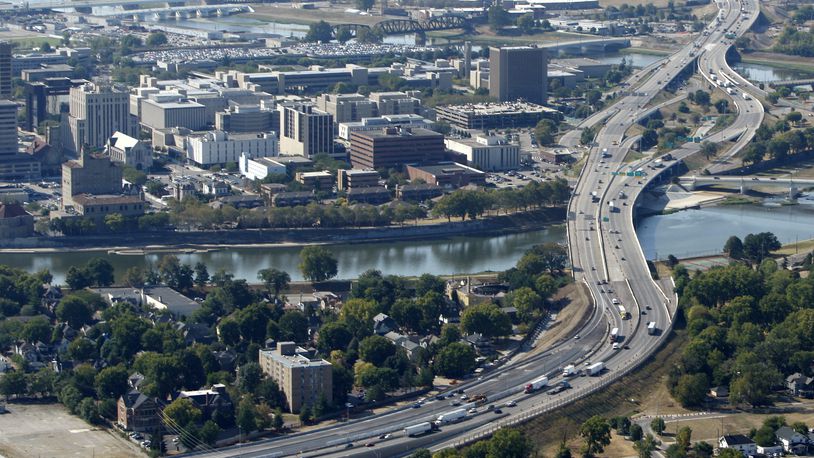Consider joining efforts to produce quality local journalism like these investigations with a Dayton Daily News subscription.
More investigations from the Dayton Daily News:
» Deconstructing segregation: How highways contributed, and what can be done about it today
» The office v. home: Local companies defining what work will look like this year and beyond
» Some voters to see busy ballots while others have nothing to vote on Tuesday
» 2020 Census: Why Ohio’s population growth seems to be lagging
» Homebuyers facing ‘extremely unusual’ market. Here’s what can help
Here are three things to know about the highways’ impact on segregation and their possible future:
West Fifth Street in Dayton today is mostly residential, but it was once home to a thriving Black business district nicknamed the Nickel. In 1940, West Fifth Street between Bank Street and Broadway Street was home to more than 70 businesses. Many say that was harmed by the construction of I-75.
Construction of I-675 was completed in the late 1980s after a long and controversial history. The highways were not the only factor contributing to white flight, but they played a role, according to local experts.
The Ohio Department of Transportation and the Miami Valley Regional Planning Commission have taken steps to include equity into their evaluation of future infrastructure spending. Some experts say Dayton-area municipalities should do more to work together to support all communities.
About the Author
